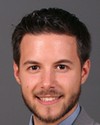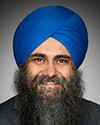I don't know the specifics. Again, all I can point to is I think the U.S. is a real leader in that regard. They've had a national strategy now for over ten years, and they're just in the process of reviewing it and updating it. Part of the impetus around the new investments that the U.S. is making in suicide prevention is coming from the military, so I think the U.S. has been doing a lot of research. I don't have that handy, but I would certainly look to them for examples as to what they've done and what they've learned.
Evidence of meeting #45 for Health in the 40th Parliament, 3rd Session. (The original version is on Parliament’s site, as are the minutes.) The winning word was injuries.
A recording is available from Parliament.






